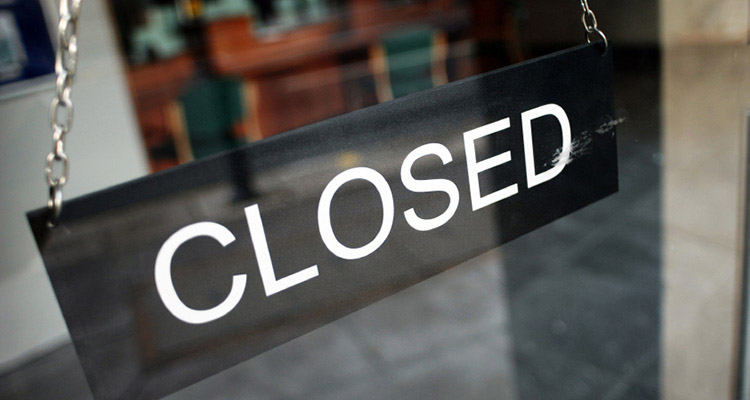Publisher: Maaal International Media Company
License: 465734
What happens when public companies go bankrupt?!
اقرأ المزيد
Since 2021, there have been reports of a crisis threatening the Chinese real estate giant due to the company’s failure to pay interest installments to bondholders abroad, and raised concerns about the unknown fate facing investors.
Evergrand Crisis:
He highlighted the Ever Grand crisis, as it is the second largest real estate development company in terms of sales in China, and ranks 122nd largest group in the world in terms of revenue, as some considered it a snowball that would threaten the global real estate market.
The real estate giant recently filed for bankruptcy protection in the United States of America. With the worsening real estate crisis in China.
With total debt estimated at more than $300 billion, the company has become the largest indebted real estate developer in the world.
Shareholder position:
In light of these developments, an urgent question arose regarding what happens when a company listed on the stock exchange stops its operations and goes into liquidation. The type of shares they own. However, the stock itself is usually worthless
In answer to a question about “What happens when a company declares bankruptcy?” The report indicates that bankruptcy occurs when a person or company says that they are unable to pay their debts and requests that those debts be repaid. For its part, the court then liquidates the debtor’s assets to pay some of its obligations. While certain types of property are protected in the event of personal bankruptcy, such as a person’s car, personal property, and retirement accounts.
The report says that corporate bankruptcy occurs when a company is unable to pay its debt obligations using current assets or cash flows. This may happen due to poor management, bad investments or unfavorable market conditions. Depending on the type of bankruptcy, the company may be able to continue doing business even after bankruptcy is declared.
What is bankruptcy?
In defining bankruptcy, a CNBC report indicated that it is a legal procedure that begins when a person or company is unable to pay debts, and it provides a new start for people who can no longer pay their obligations.
The bankruptcy process begins with a petition by the debtor, which is more common, or someone who submits it on behalf of the creditors, which is less common. Then all of the debtor’s assets are measured and valued, and the assets can be used to pay off part of the outstanding debt.
In theory, the ability to file for bankruptcy benefits the economy as a whole by allowing individuals and companies a second chance to obtain credit or to pay off the debt in installments, and also helps creditors recover part of their money and dues.
Advantages and disadvantages:
The report dealt with the pros and cons of bankruptcy, considering that declaring bankruptcy may help relieve you of your legal obligation to pay your debts and keep your home, business, or ability to work, depending on the type of bankruptcy petition you file.
But it also has the potential to lower your credit rating, making it more difficult to get a loan, mortgage, credit card, buy a home or business, or rent an apartment.
The positives include allowing debtors to get out of a cycle of default, as well as getting rid of some unsecured debts, and avoiding legal rulings.
As for the negatives, they include a decline in the creditworthiness of the individual, the company or institution, and even the state, as happens in cases of governments that fail to pay their debts, their credit rating is lowered, which leads to investors fleeing from them.
For some people or businesses, bankruptcy is the right option especially if debts become too large to manage, the alternative may be to liquidate all your assets. Then it will harm your credit, investment and commercial reputation, but at the same time, bankruptcy is a legal channel to avoid a worse scenario.









